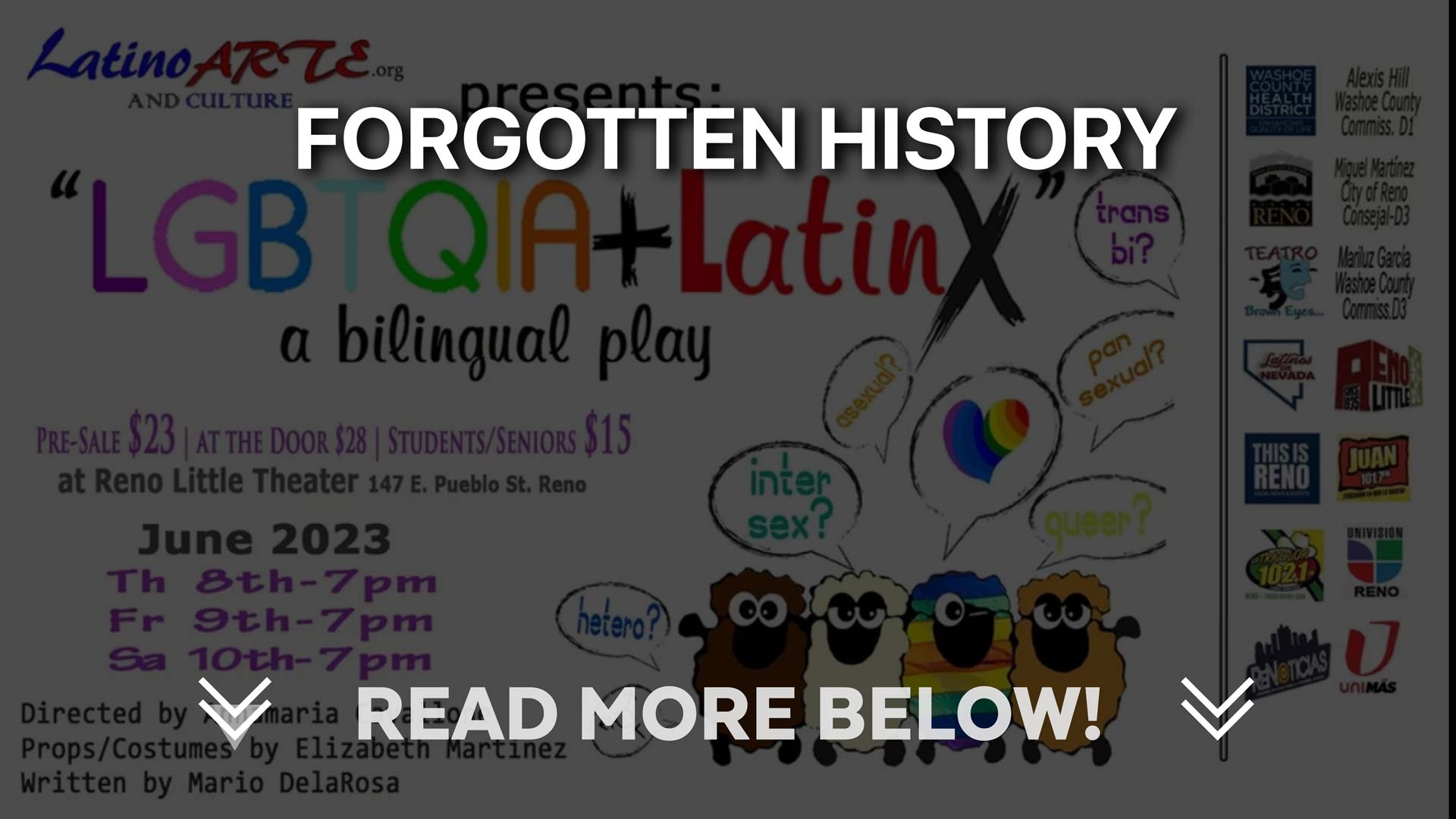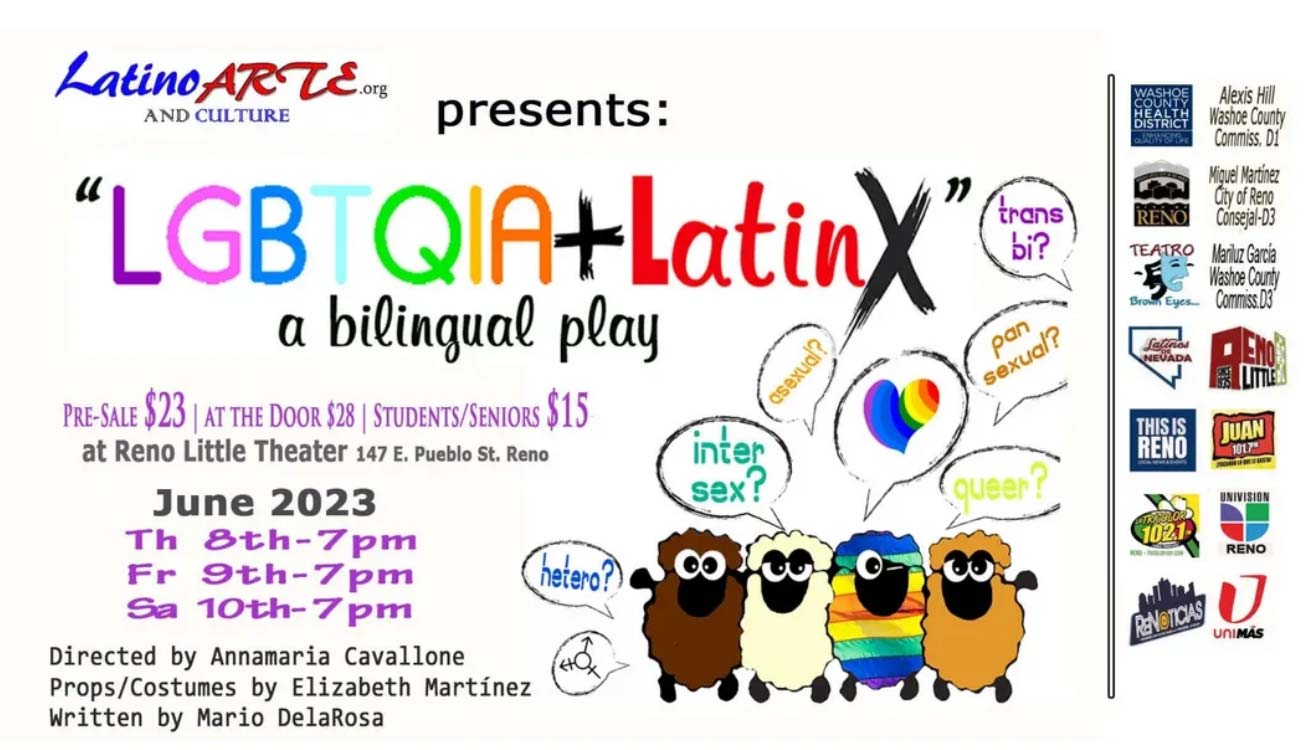Notice how Comrade Hill-Insky and Mariluz “Sometimes Lives in Her District Too” Garcia are being showcased in the upper right? What did they do exactly? Did they send this group our tax dollars?
It reminds me of how people fail to learn their history.
When people look at this flyer, most kids nowadays probably wouldn’t associate it with Marx and Mao. But then again, our schools don’t teach about the truths of Marxism, Communism, etc. anymore.
Mao was infamous for creating the 2 classes of citizens for the CCP.
Mao used this class-based perspective to build the CCP and lead it to victory in the Chinese Civil War. He notably departed from the traditional Marxist focus on the urban proletariat, instead focusing on the peasantry as a key revolutionary force. This strategic shift played a significant role in the success of the Chinese Communist Revolution.
They were called RED and BLACK classes.
Red Classes (Favored by the Communist Party):
Workers: The working class in industries was viewed as the leading force of the revolution.
Peasants: Poor and lower-middle peasants who made up the majority of the population, seen as the main revolutionary force.
Soldiers: Members of the People’s Liberation Army.
Revolutionary cadres: The leading members of the Communist Party and government officials who were dedicated to the party.
Revolutionary intellectuals: Those who accepted and promoted Communist Party ideology.
Black Classes (Perceived as Enemies of the Revolution):
Landlords: Those who owned and rented land prior to the revolution, seen as exploiters of the peasantry.
Rich farmers: Peasants who were wealthier than average, sometimes owning land or hiring labor. They were seen as being part of the rural bourgeoisie.
Counter-revolutionaries: Those who opposed the Communist Party’s rule, including those who were politically active against the party as well as those who were merely accused of being in secret opposition.
Bad elements: This was a catch-all category that included criminals and other social outcasts. During the Cultural Revolution, it was expanded to include anyone who didn’t conform to the prescribed political norm.
Rightists: This category was primarily used to label intellectuals and party members who were accused of opposing socialism or the party leadership. The term was especially used during the Anti-Rightist Campaign in the late 1950s, but it remained a category of persecution during the Cultural Revolution.
The use of the “red” and “black” class system was particularly notable during the Cultural Revolution (1966-1976), a period when Mao sought to reassert his authority and revive the revolutionary spirit of the CCP. He used this class system to mobilize the masses, particularly students and young people, against what he saw as the “bourgeois” elements in society and within the Party itself.
So, in simple speak, he used these two classes to turn children against parents and take over China with this new ideological warfare aimed at his own people.
In the US they attack us with ‘woke-ism’
In his book Race Marxism: The Truth About Critical Race Theory and Praxis, James Lindsay argues that ‘woke-ism’ is a form of Marxism that uses race as the basis of class conflict. He compares all the different “parts” of ‘woke-ism’ like DEI, LGBTQ, BLM, CRT, etc., to Marxism in a number of ways, including:
Both ‘woke-ism’ and Marxism view society as being divided into two classes: the oppressor class and the oppressed class. In ‘woke-ism’, the oppressor class is white people, and the oppressed class is people of color. In Marxism, the oppressor class is the bourgeoisie, and the oppressed class is the proletariat.
Both ‘woke-ism’ and Marxism believe that the oppressor class benefits from the oppression of the oppressed class. In ‘woke-ism,’ white people benefit from the oppression of people of color. In Marxism, the bourgeoisie benefits from the oppression of the proletariat.
Both ‘woke-ism’ and Marxism believe that the only way to achieve social justice is to overthrow the oppressor class. In ‘woke-ism,’ this means overthrowing white supremacy. In Marxism, this means overthrowing capitalism.
Lindsay argues that ‘woke-ism’ is a dangerous ideology that threatens to divide society and undermine individual rights. He calls for people to be aware of the dangers of ‘woke-ism’ and to resist its spread.
It’s crucial to understand the interplay of different political ideologies in our society, particularly those associated with figures like Mao Zedong and Karl Marx. Maoism and Marxism, which have played defining roles in various societies, have at times been employed to galvanize smaller groups against the larger populace. Recognizing this is key, especially for us in America, a nation renowned for its acceptance, tolerance, and openness to diverse people and beliefs – a trait that can sometimes make us vulnerable.
Many of us, naturally, wish to respect the beliefs and ideologies of others, preferring to live in peace, focusing on our individual pursuits. The strategies used in Maoism and Marxism can capitalize on this disposition, causing a disconnect between our laid-back approach and the need to actively safeguard our beliefs.
Yet, when we make a stand, we make it resoundingly clear. Companies such as Target and Budweiser have experienced financial backlash, reportedly losing significant market shares, illustrating the power of consumer choice and public sentiment.
As we grow more aware of these dynamics, it’s important to remember that there are individuals seeking to exploit our society’s openness. Individuals like Comrade Hill-Insky and Mariluz “Sometimes Lives In Her District Too” Garcia, who identify with Marxist ideologies, are seen by some as steering our county towards a path of Maoism with OUR funds at their disposal.
Understanding these complex ideologies is a vital part of the process of getting back to what our Founders left us. What we label as ‘woke-ism’ could be seen by some as a fresh coat of paint on old Marxism, but what matters most is being informed and aware. Mao’s strategies, like his alleged 10 identities system that could foster division, or Lenin’s dichotomy of corporations versus people, offer important lessons.
In the past, small groups have been mobilized to bring about sweeping changes, as was the case during Mao’s Cultural Revolution in China, where the youth were mobilized against the older generations. Today, we need to be vigilant about the exact same misuse tactics in our society.
It’s of paramount importance that we, as engaged Americans, understand the ideologies represented by our so-called leaders, including those attributed to figures like Hill and Garcia. Our responsibility is not just to vote but to ensure our choices reflect our shared values. The economic impacts seen by ‘woke’ companies are an example of we the peoples majority’s power.
As we learn and engage, we’ll be better equipped to take a stand against anything that may compromise our founding principles and the future of our country. Knowledge, after all, is our most powerful tool.
Never forget we are the majority, but if we forget history, we’ll quickly find ourselves defeated.
Beadles





